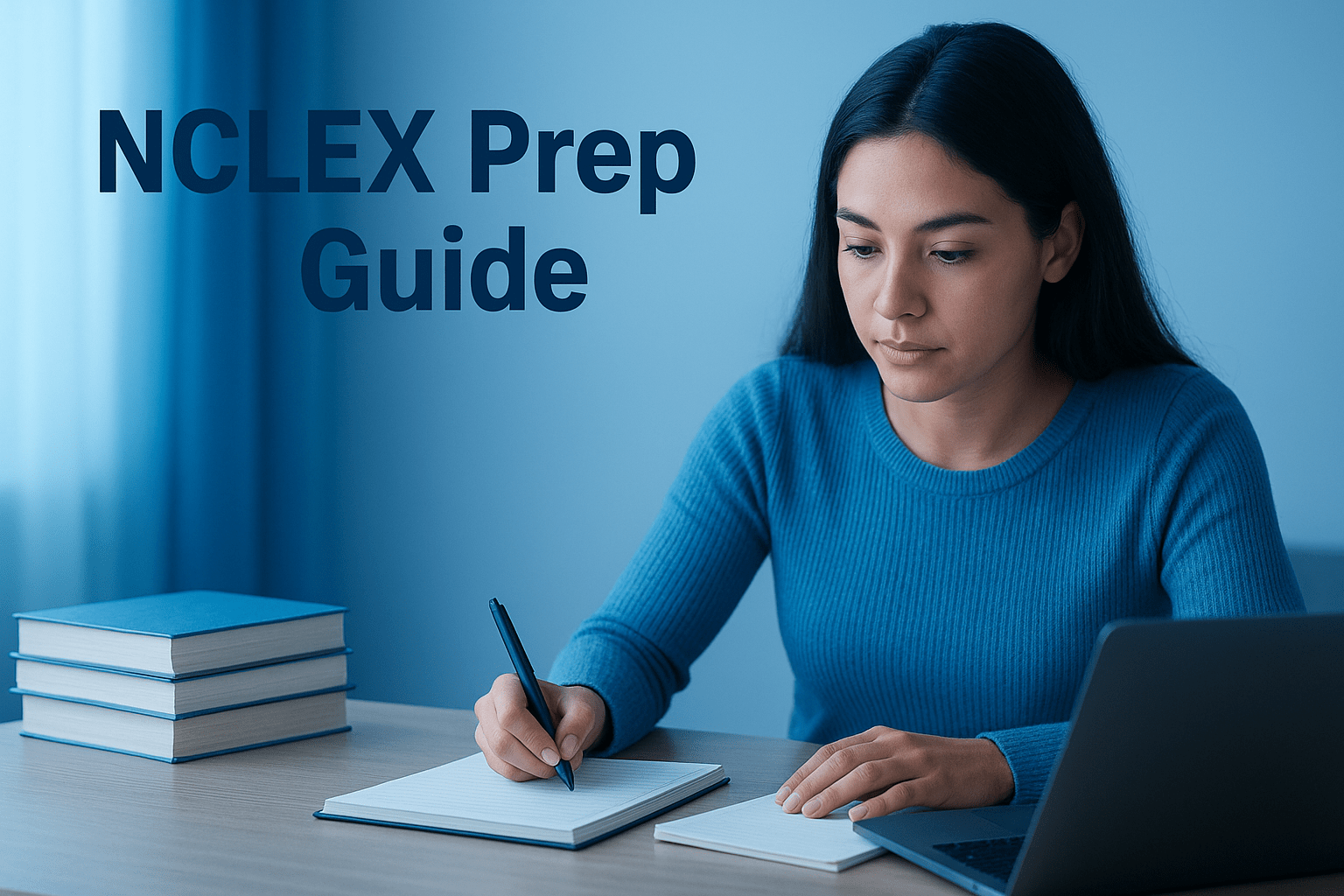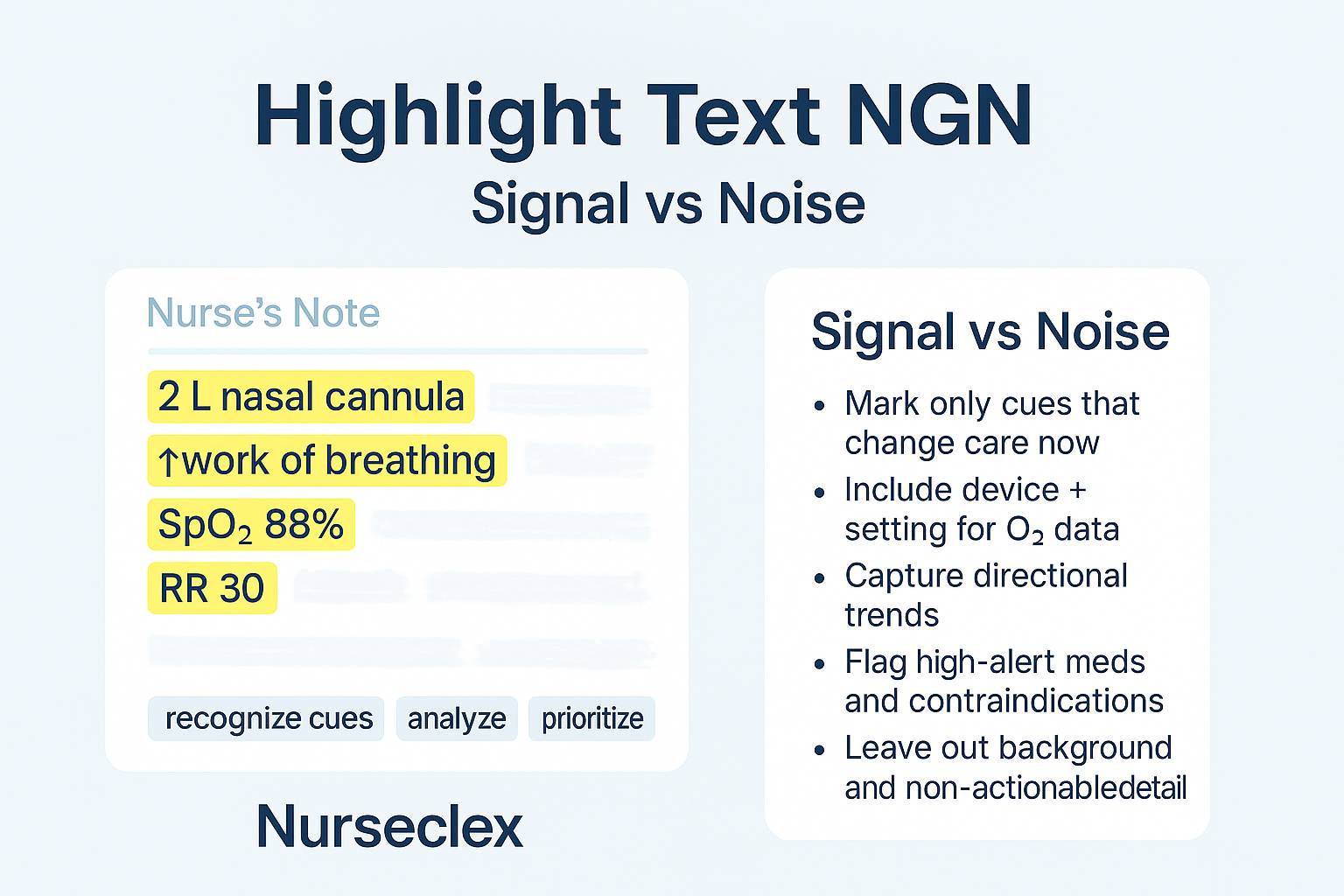NCLEX Pharmacology Exam Guide: Your Complete Study Resource
Pharmacology is one of the most tested—and most intimidating—NCLEX areas. The good news? You don’t need every drug memorized. Focus...
Explore our latest insights, guides, and updates to enhance your nursing knowledge and career development.








